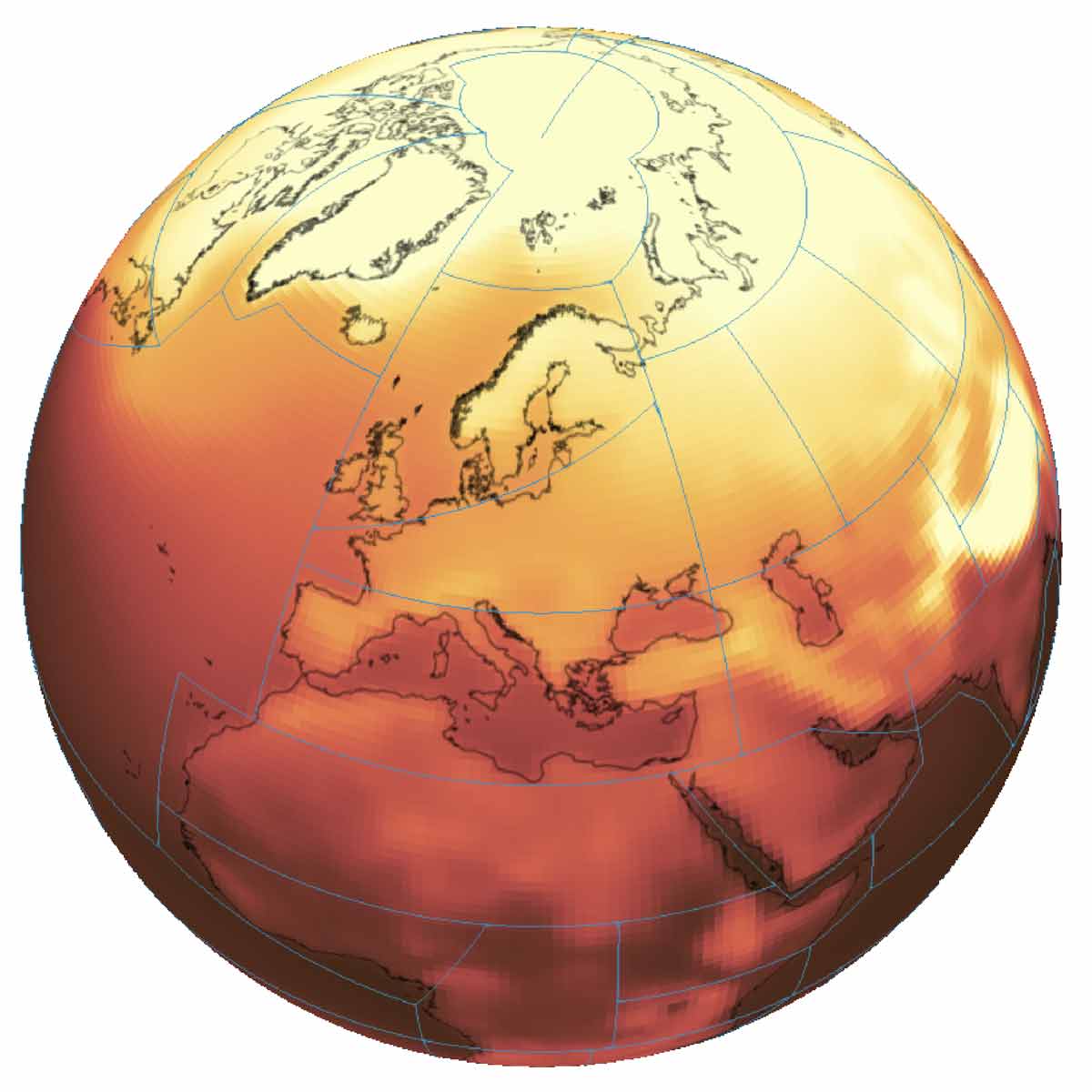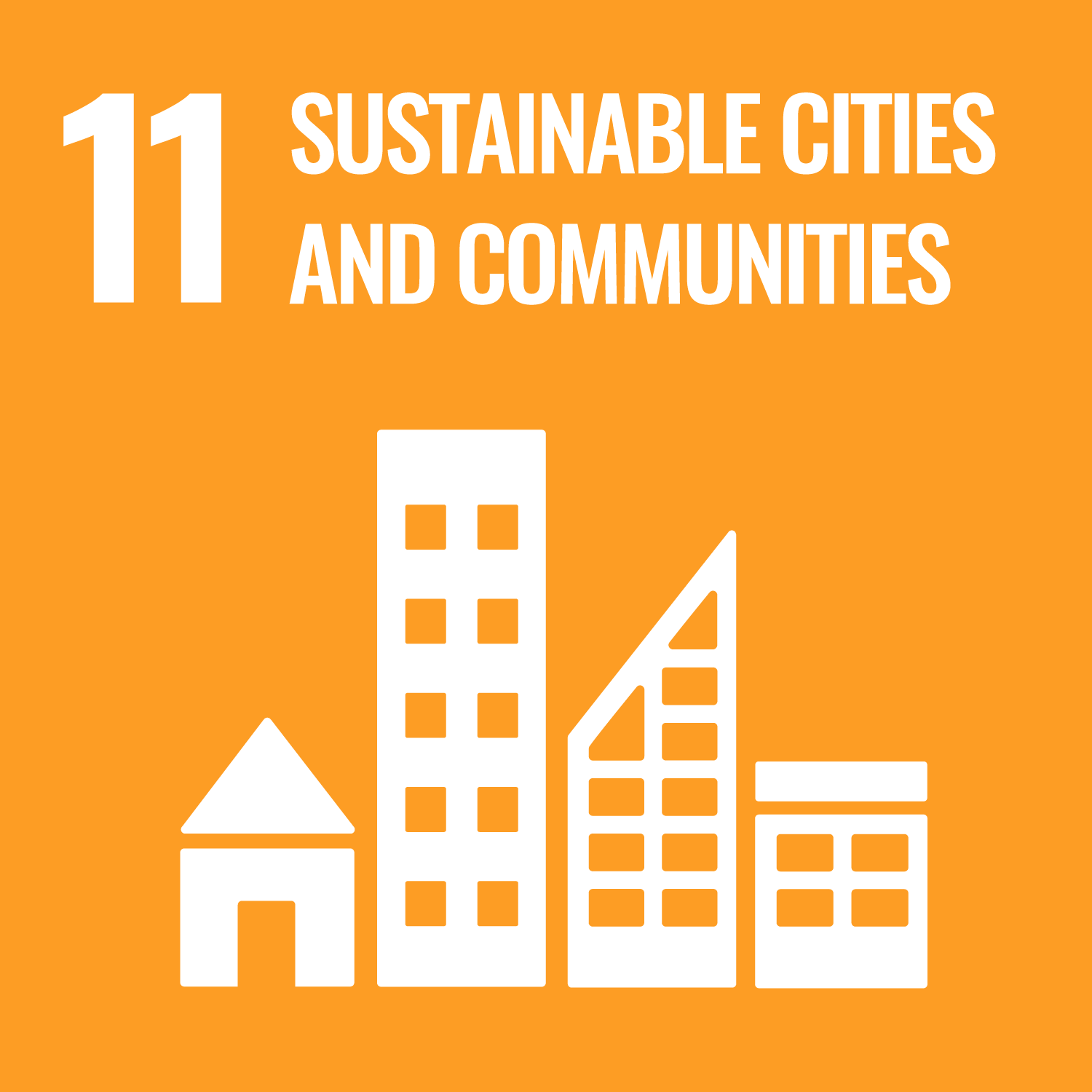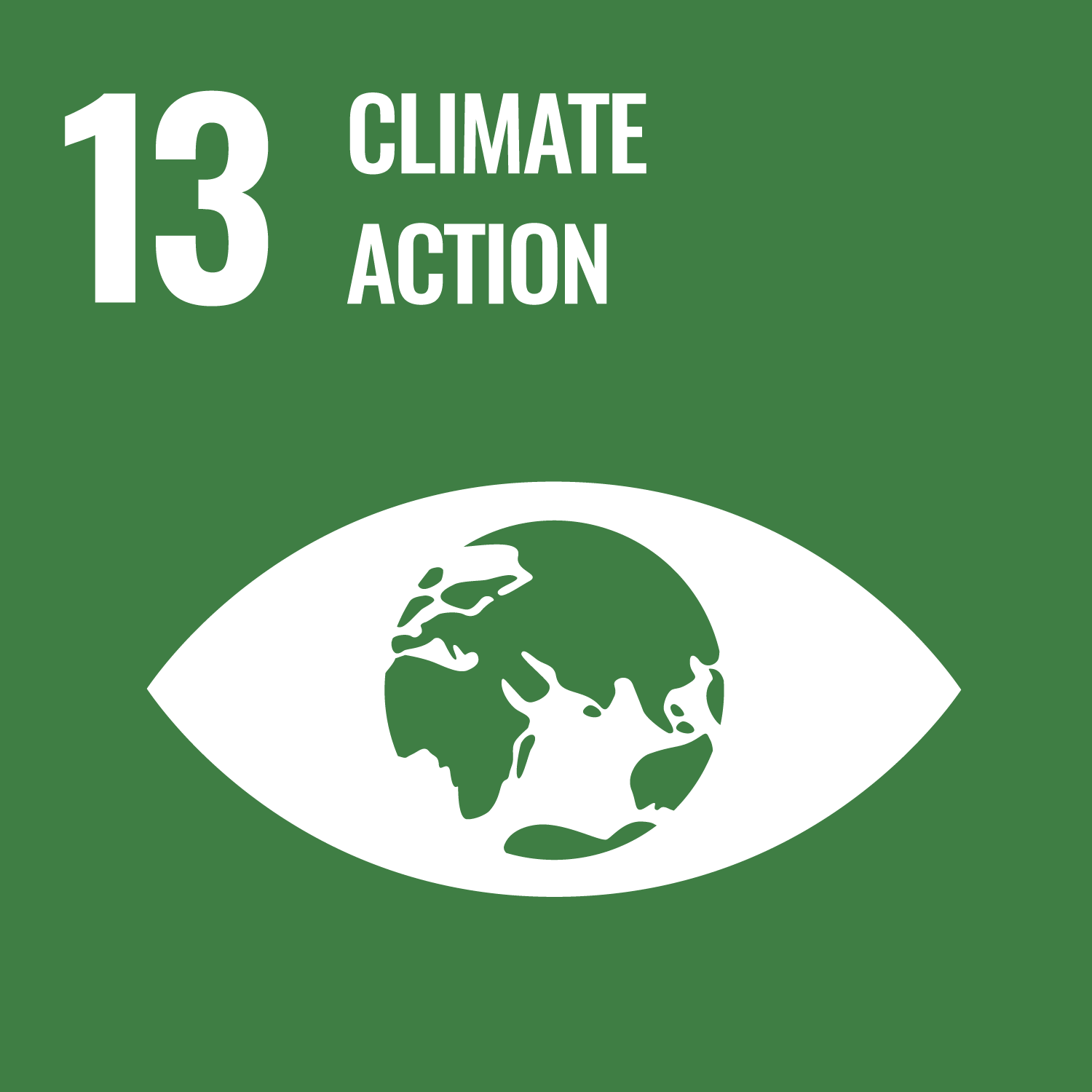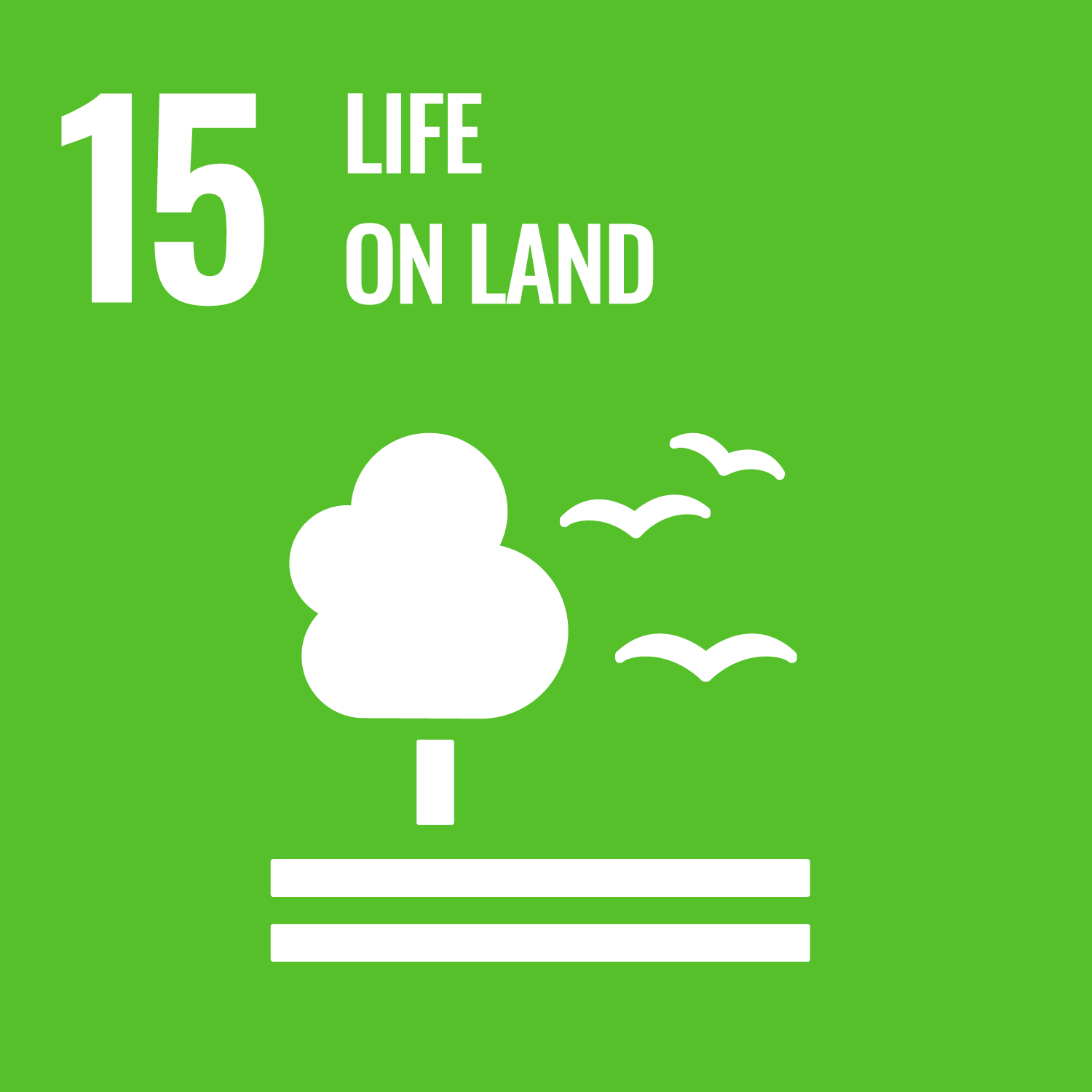- Home
- Climate Change and Environment
Research
Climate Change and Environment
NEW FRONTIERS IN CLIMATE MODELING

The issue of climate change is central to the sustainability debate and requires a highly interdisciplinary approach, given that the physical and socioeconomic components of the Earth system are deeply interconnected.
So far, however, from a modeling perspective, these components have been treated separately. For example, socioeconomic impact models use climate data as external input, while climate models use greenhouse gas concentrations or land-use changes resulting from human activities as external forcing.
The new frontier in climate modeling is therefore to explicitly describe the interactions and feedback processes between these two components within complex climate models, both global and regional. The aim is to use this coupled modeling of physical and socioeconomic components with regional case studies (for example, the Mediterranean area), using as the base platform the regional model developed by the Earth System Physics (ESP) section at ICTP.
Particular emphasis is placed on modeling hydrogeological and economic risks associated with the increase in extreme weather and climate events—both flooding and drought—induced by global warming.
This type of modeling requires not only the use of advanced modeling software but also the analysis of big data, both observational and produced by climate simulations available on public platforms.
Alongside these modeling activities, key ethical and philosophical questions related to climate change and sustainable development are studied and debated, including equity, economics, intergenerational equity, and cognitive challenges.
It is therefore clear that climate modeling needs to improve our understanding of possible climate evolutions throughout the 21st century by including an interactive human component within Climate System Models (CSM). This is a formidable task that requires an interdisciplinary approach far beyond the current state of climate modeling and will likely require a decade of forward-looking modeling efforts.
Some international programs have begun to address this scientific challenge through the concept of digital twins of the Earth System, but these efforts are still in an embryonic state.
Based on these considerations, the activities of the Working Group will focus on this new frontier faced by the climate modeling community, through the introduction of “interactive humans” within climate models themselves, toward the development of Populated Climate System Models (Pop-CSM).
The development of Pop-CSM represents a fundamental pillar for the advancement of digital twins of the Earth System, which constitute an essential milestone in climate system modeling. This goal offers highly stimulating and exciting opportunities for innovative research, especially for a new generation of truly interdisciplinary scientists, and will constitute a qualitative leap toward a better understanding of the Anthropocene.


